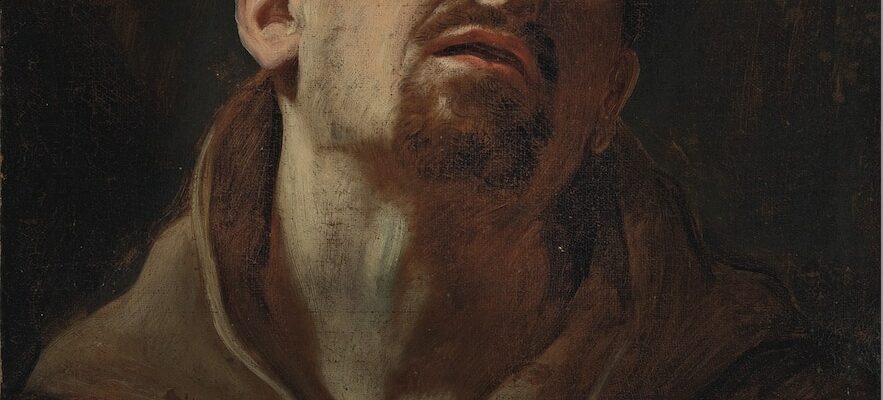Guido Reni (1575-1642), he is first of all a colorful character: strong in mouth, angry, impulsive and … addicted to gambling-an addiction that earned him, according to his friend and first biographer Carlo Malvasia , to compensate for his financial losses by the frantic production of copies of his works, whose quality varies according to whether they were executed by the master or by one of his countless students. Not easy to find your way today, because, in the Bologna of the 17th century, the bootga de Reni is a real hive where dozens of students permanently swarm from all over Europe, sometimes up to 200 people at the same time. It is that the painter of Bologna, trained in the Academy of the Carracci brothers, before his incredible dexterity was recognized in Rome, is then adored in the boot and within the European courses which compete for his favors. To meet demand, he notably becomes a madman of ritocchipractice consisting in retouching a work previously produced by an employee.
In a flamboyant exhibition, like its subject, visible until March 30, the Musée des Beaux-Arts d’Orléans deciphers the functioning of the workshop of this flagship actor in the emerging art market in Italy. Guido Reni may be one of the best paid artists of his time, he is often short. Thus he makes his Bolonaise lair a company that runs at full speed day and night. Exception projects worked by itself, tailor-made creations sometimes executed in collaboration with other painters, pieces reissued by experienced assistants or series of “ready-to-prococted” concocted by small hands, the artist-entrepreneur Never loses sight of the commercial issue of its production.
When, for example, he delivers his order, a Saint Michelto the order of the Capuchins of Rome, the genius of the derivative product before the hour has already anticipated reproductions and variations of the table which will leave like hotcakes. Reni also remains, through the centuries, a provider of religious imaging. The pattern technique is simple: from a completed composition it extracts a figure which it reproduces with its workshop then diffuses it on a large scale, like the Saint Diego Alcala or Capuchin Christ (from the Crucifixion), until it turns it into icon within the Catholic world. Some of these representations circulate there today, without being, most of the time, attached to their initial creator.
Guido Reni, “Saint Diego Alcala”.
/ © Musée des Beaux-Arts d’Orléans
In Orleans, the David contemplating Goliath’s head From Guido Reni, kept by the museum and shown at the end of the course, is the star of Reunion. Long considered a copy, among the multiple who circulated, it was, after its recent restoration, duly attributed to the master. Inspired by the statuary of Michelangelo and the chiaroscuro of Caravage, whose discovery constituted an artistic shock for the cador of Seicentothe original painting is now a centerpiece of its corpus. With this major work, he renewed the iconography of the biblical fight between the young shepherd and the giant by taking away any narrative dimension. Unsurprisingly, the pioneer of merchandising proposed different variations, produced in several copies by him and his workshop, themselves copied for more than two centuries, which recalls Commissioner Corentin Dury, made David An “essential model of the Reni brand”.
